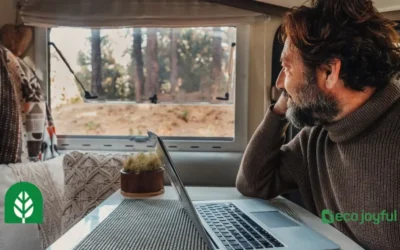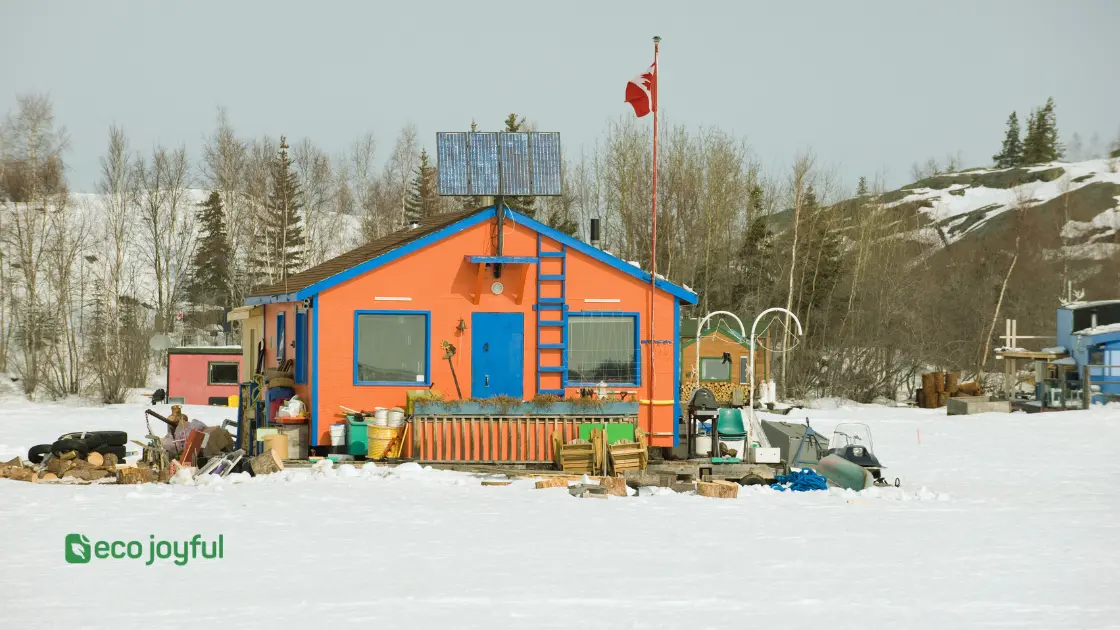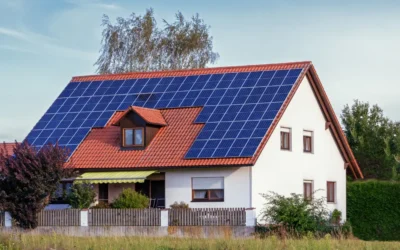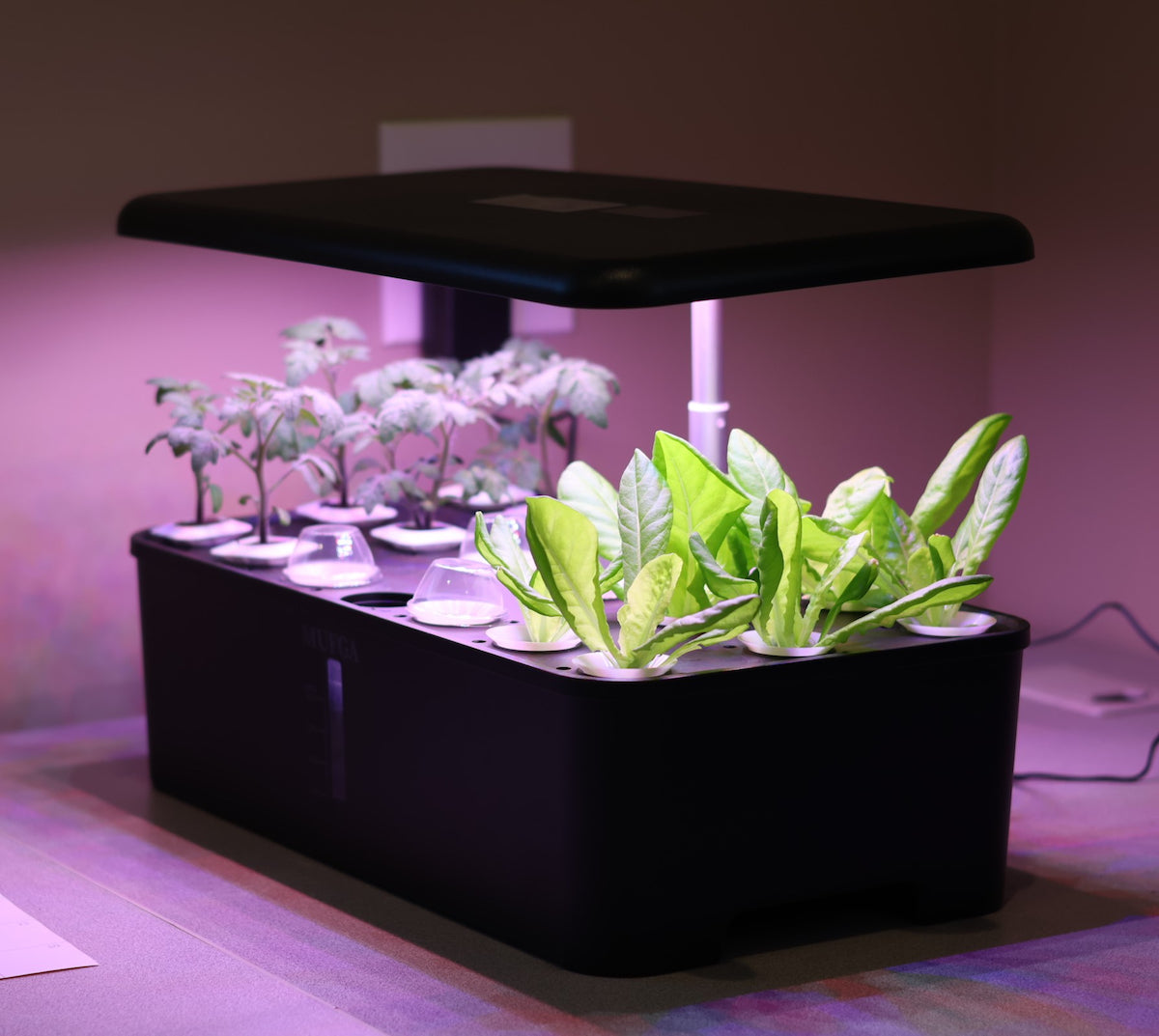The best seeds for an indoor hydroponic garden are lettuce, herbs, tomatoes, cucumbers, and peppers. Welcome to the world of indoor hydroponic gardening!
If you’re looking to grow your own fresh produce all year round without the need for soil, then you’ve come to the right place. Indoor hydroponic gardening is a method of growing plants in a nutrient-rich water solution, making it perfect for those with limited space or who want to avoid soil-borne diseases.
The success of your hydroponic garden starts with choosing the right seeds. We’ll explore the best seeds for indoor hydroponic gardening, including lettuce, herbs, tomatoes, cucumbers, and peppers. These seeds are ideal for hydroponic systems as they adapt well to the soil-less growing environment, require minimal space, and offer a bountiful harvest. So, let’s get started!
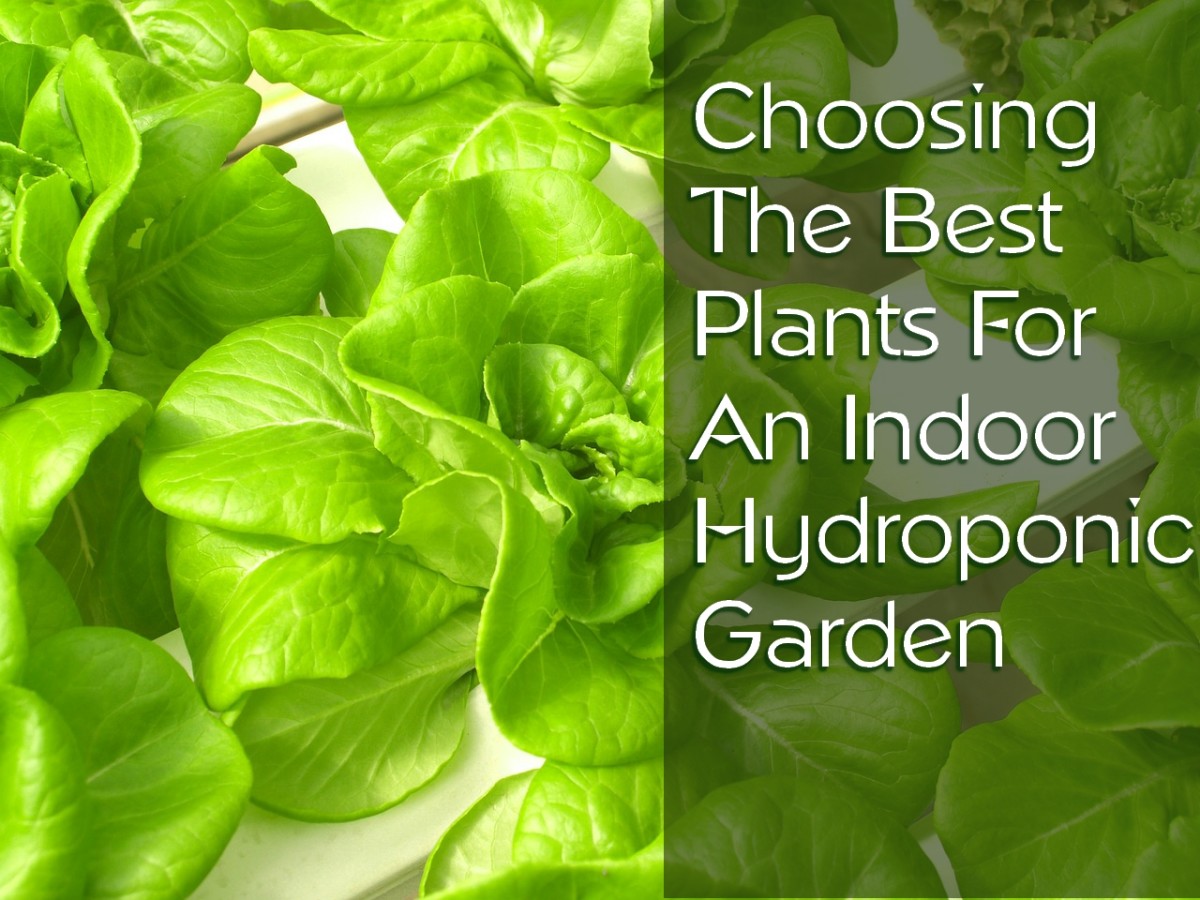
Credit: dengarden.com
Benefits Of Indoor Hydroponic Gardens
Indoor hydroponic gardens offer several advantages over traditional soil-based gardening methods. Whether you are a seasoned gardener or a beginner, these benefits make indoor hydroponic gardens an excellent choice for growing your own fresh produce. Let’s explore some of the key advantages:
Year-round Gardening
Indoor hydroponic gardens allow you to enjoy gardening all year round, regardless of the weather conditions outside. With controlled environments, you can create the perfect conditions for your plants to thrive, providing them with the ideal temperature, light, and humidity. This means you can grow your favorite herbs, vegetables, and fruits even during the coldest winter months.
Higher Yields In A Limited Space
One of the greatest benefits of indoor hydroponic gardens is their ability to produce higher yields in a limited amount of space. Without the need for soil, plants can be grown vertically using techniques like vertical farming or stacking systems. This efficient use of space allows you to grow more plants in a smaller area, maximizing your harvest and making the most of your indoor garden setup.
Less Soil And Water Usage
Indoor hydroponic gardens require significantly less soil compared to traditional gardening methods. Instead of growing in soil, plants are nourished with nutrient-rich water solutions. This not only reduces the amount of soil you need to purchase or maintain but also minimizes the risk of soil-borne pests and diseases. Moreover, hydroponic systems use up to 90% less water compared to traditional soil irrigation methods, making them a sustainable choice for water conservation.
Reduced Risk Of Pests And Diseases
By eliminating soil from the equation, indoor hydroponic gardens greatly reduce the risk of pests and diseases affecting your plants. Soil can harbor various pests, fungi, and plant pathogens that can harm your crops, while hydroponic systems provide a clean and sterile environment for plant growth. This means you can enjoy healthier plants and minimize the need for pesticides or other chemical treatments. With fewer pests to contend with, your indoor garden can flourish and yield bountiful harvests.
In conclusion, indoor hydroponic gardens offer a range of benefits that make them an excellent choice for any gardener. The ability to garden year-round, achieve higher yields in limited space, conserve soil and water, and reduce the risk of pests and diseases make hydroponics a sustainable and efficient way to grow your own food. So, why not give hydroponics a try and embark on a rewarding journey of indoor gardening?

Credit: theplantbible.com
Choosing The Right Seeds For Indoor Hydroponic Gardens
Choosing the Right Seeds for Indoor Hydroponic Gardens
Fast-growing Seeds
Fast-growing seeds are essential for indoor hydroponic gardens as they ensure a quicker harvest and a continuous supply of fresh produce. Opt for seeds such as lettuce, kale, spinach, and basil which have a short germination period and rapid growth cycle, making them ideal for indoor cultivation.
Compact Plant Varieties
When selecting seeds for your indoor hydroponic garden, prioritize compact plant varieties. These plants are ideally suited for indoor cultivation due to their ability to thrive in confined spaces. Look for dwarf varieties of tomatoes, peppers, herbs, and microgreens to maximize your yield without overcrowding your growing area.
Ideal Ph And Nutrient Requirements
Consider the pH and nutrient requirements of the seeds you choose for your indoor hydroponic garden. Ensure that the seeds you select align with the preference for hydroponic systems. Consult the optimal pH and nutrient requirements for each plant variety to promote healthy growth and maximum yields in your indoor hydroponic garden.
Top Seeds For Indoor Hydroponic Gardens
Growing your own fresh produce indoors is a rewarding and sustainable way to ensure a steady supply of nutritious food. One of the key factors in a successful indoor hydroponic garden is choosing the right seeds. In this article, we will explore the top seeds for different types of indoor hydroponic gardens, including leafy greens, herbs, microgreens, and fruit-bearing plants.
Leafy Greens
Leafy greens are an excellent choice for indoor hydroponic gardens due to their fast growth and high nutritional value. These greens thrive in a controlled environment, making them ideal for indoor cultivation. Here are some of the best seeds for leafy greens:
- Lettuce: Varieties like Romaine, Butterhead, and Leaf lettuce are perfect for indoor hydroponic gardens, as they are easy to grow and mature quickly.
- Spinach: Spinach is packed with essential vitamins and minerals. Varieties like Baby Leaf and Bloomsdale are well-suited for indoor cultivation.
- Kale: Known for its robust flavor and nutritional content, varieties like Red Russian and Lacinato kale can be grown indoors.
Herbs
Fresh herbs are a great addition to any dish and can elevate the flavors of your meals. Growing herbs indoors allows for easy access and ensures a year-round supply of fresh flavors. Here are some top herb seeds for your indoor hydroponic garden:
- Basil: This versatile herb comes in various varieties such as Genovese, Thai, and Sweet Basil, all of which thrive in a hydroponic setup.
- Mint: Mint is known for its refreshing flavor and aroma. Peppermint and Spearmint are popular choices for indoor hydroponic gardens.
- Parsley: Flat-leaf and Curly parsley are excellent options for indoor cultivation and can be used to enhance the taste and presentation of many dishes.
Microgreens
Microgreens are young, tender greens that pack a potent punch of flavor and nutrition. These tiny greens are harvested at an early stage of growth and are perfect for adding a burst of freshness to salads, sandwiches, and more. Here are some top microgreen seeds for indoor hydroponic gardens:
| Seed | Flavor Profile |
|---|---|
| Broccoli | Crunchy with a mild, earthy flavor. |
| Radish | Spicy and slightly peppery. |
| Sunflower | Nutty and crunchy. |
Fruit-bearing Plants
If you have enough space and proper lighting in your indoor hydroponic garden, you can even grow fruit-bearing plants. While these plants require more care and attention, the delicious rewards are worth it. Here are some top seeds for fruit-bearing plants:
- Tomatoes: Cherry tomatoes and determinant varieties like Celebrity and Early Girl can thrive in indoor hydroponic environments.
- Strawberries: Compact strawberry varieties like Alpine and Quinault are well-suited for indoor cultivation and produce sweet, juicy fruits.
- Peppeers: Mini bell peppers and chili peppers, such as the Thai Chili and Habanero, can be successfully grown indoors.

Credit: ourlittlesuburbanfarmhouse.com
Tips For Successful Seed Starting In Hydroponics
Starting seeds is a crucial step in creating a thriving indoor hydroponic garden. By providing the right conditions from the very beginning, you can ensure healthy growth and abundant harvests. In this article, we’ll explore some valuable tips to help you successfully start seeds in hydroponics.
Pre-soaking Seeds
To promote germination and accelerate the seedling’s growth, consider pre-soaking your seeds before planting them in hydroponic systems. This simple technique can significantly increase the success rate. Follow these steps for pre-soaking your seeds:
- Fill a clean container with room temperature water.
- Place the seeds in the water and let them soak for the recommended duration provided on the seed packet or reference guide.
- After the soaking period, drain the water and transfer the seeds to your chosen growing medium.
Using Propagation Cubes
Propagation cubes are an excellent choice for starting seeds in hydroponics, providing a stable environment for germination and early growth. These small cubes, typically made of peat moss or rockwool, are designed to hold moisture while allowing for proper airflow. Here’s how to use propagation cubes:
- Moisten the cubes by placing them in a tray filled with water. Allow them to absorb moisture until fully saturated.
- Create small divots in the cubes with your finger or a pencil, ensuring they are deep enough to accommodate the seeds.
- Place the seeds in each divot and gently cover them with a thin layer of the propagation cube material.
- Place the filled tray in a warm and well-lit area, providing the ideal conditions for germination.
Providing Adequate Lighting
Light is essential for seed germination and early growth. In hydroponic setups, using artificial lighting sources such as LED grow lights can ensure consistent and proper illumination. Follow these guidelines when providing light:
- Position the light source at an appropriate distance from the seedlings to prevent stretching or burning.
- Adjust the duration of light exposure to mimic natural daylight patterns, typically varying between 14-16 hours per day.
- Regularly monitor the seedlings for signs of inadequate lighting (e.g., elongated stems, pale leaves) and adjust the distance or intensity of the light as needed.
Maintaining The Right Temperature And Humidity
Temperature and humidity play crucial roles in seed germination and overall plant growth. Ensure you maintain the optimal conditions by following these steps:
- Keep the environment consistently warm, with temperatures between 70-80°F (21-27°C), ensuring the seedlings receive ample warmth for efficient germination.
- Monitor the humidity levels using a hygrometer and maintain it around 50-70% to prevent drying out or excessive moisture.
- Consider using a humidifier or misting the surrounding area to increase humidity, especially in dry climates.
Common Challenges And Solutions For Indoor Hydroponic Gardeners
When growing plants in an indoor hydroponic garden, there are various challenges that gardeners may encounter. By implementing the right solutions, these challenges can be overcome, ensuring a successful and bountiful garden. Here are some common challenges and their solutions for indoor hydroponic gardening:
Nutrient Deficiencies
Nutrient deficiencies are a common issue in indoor hydroponic gardens. To address this problem, it’s crucial to regularly monitor the nutrient levels in the water solution. Each plant has specific nutritional requirements, so providing a balanced nutrient solution is essential for healthy growth. Utilizing a high-quality hydroponic nutrient mix and regularly testing and adjusting the pH levels can help prevent deficiencies and ensure optimal plant health.
Root Rot Prevention
Root rot can be a significant concern in hydroponic systems. To prevent this, it’s important to maintain proper oxygen levels in the root zone. Ensuring adequate aeration and oxygenation of the water can help prevent the development of harmful pathogens that cause root rot. Additionally, using a sterile growing medium and implementing proper sanitation practices can further mitigate the risk of root rot in an indoor hydroponic garden.
Pest Management
Pest management is crucial for maintaining the health of plants in an indoor hydroponic garden. Utilizing natural pest control methods such as introducing beneficial insects, regularly inspecting plants for any signs of pests, and implementing physical barriers can help prevent pest infestations. Furthermore, maintaining a clean and well-sanitized growing environment can discourage the proliferation of pests in the hydroponic system.
Proper Pruning And Trimming
Proper pruning and trimming are essential for promoting healthy growth and maximizing yields in an indoor hydroponic garden. Regularly removing dead or yellowing leaves, as well as trimming excess growth, can help maintain plant vigor and overall health. Additionally, training plants to grow in the desired direction and structure can optimize the efficient use of space and light in the indoor garden.
Conclusion
Choosing the best seeds for your indoor hydroponic garden is crucial for a successful harvest. By considering factors such as plant size, lighting requirements, and growth cycle, you can select the ideal seeds for your specific needs. With the right seeds, you can enjoy a bountiful and thriving indoor hydroponic garden.


